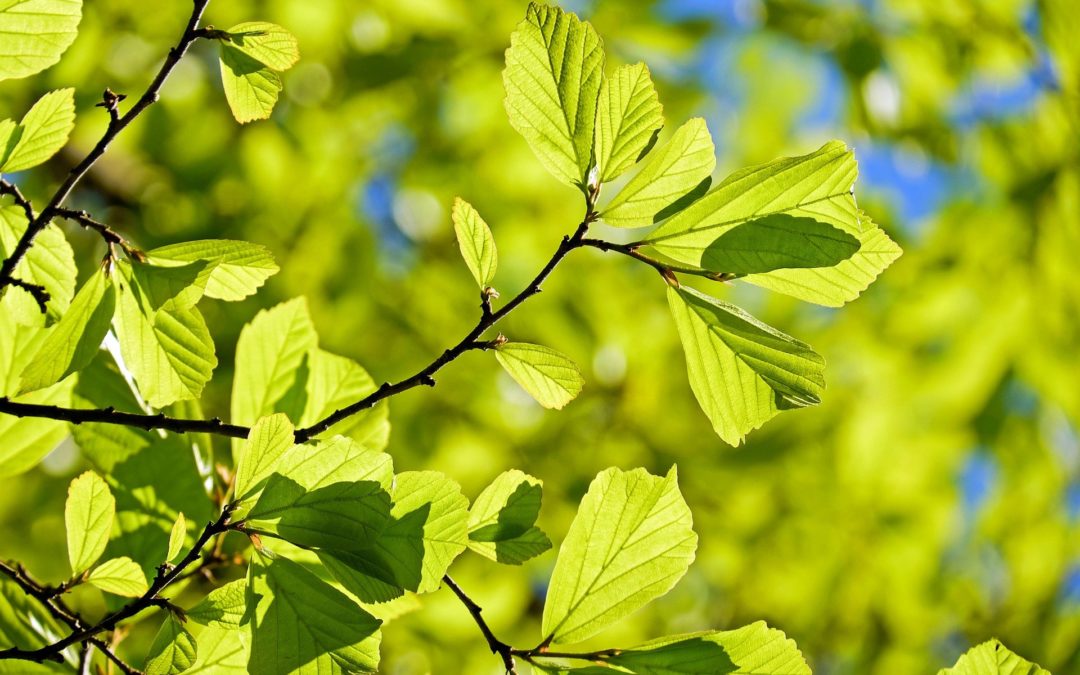Do you know what really bugs us? Bugs. Well specifically, as tree care specialists, common tree pests. Many beautiful trees have died because of these invasive pests. So today we’re putting together a list of common pests that damage trees in this area.
Emerald Ash Borer
There is a consensus that the Emerald Ash Borer is the most destructive force Southeast American trees are facing today.
The global economy and international trade have made it much easier for pests to cross oceans and discover new homes in our forests. Because our region has a similar climate to much of Asia many species from there (including trees like kudzu or insects like the Asian long-horned beetle) find themselves in a nearly ideal new environment, free from their natural predators, without which they have nothing to stop them from wreaking havoc.
After the female lays eggs, the larvae feast on the tree’s inner bark, preventing the flow of water and nutrients and ultimately girdling and killing the tree. It can take a prolonged infestation before the average layperson can spot the damage, at which point it is often too late to save the Ash tree.
There are treatment options for some ash trees though. If your tree meets certain qualifications like not having other diseases, a combination of sprays and injections can be deployed. If things go well the treatment has an 85% or higher success rate.
Gypsy Moth
This pest arrived in the US in the mid-19th century and has since spread over the eastern seaboard and beyond. They hurt trees primarily by eating the leaves, which diminishes the tree’s ability to photosynthesize the nutrients it gets from the soil, essentially starving it.
As with many pests, inspection and early detection is key. If you find many signs of leaf-eating, you know they are already a problem, but that doesn’t mean it’s too late to save the tree. Gypsy Moth eggs hatch beginning in mid March, so the winter is good time to inspect trees, sheds, and yard furniture for masses of eggs. Scoop out any you find with a plastic or metal tool and soak them in soapy water for a day or two to kill them (don’t touch them because that can cause a rash).
You can also do what they call “banding,” in which you tie a burlap band around the trunk to give the caterpillars a place to rest, and then scooping them off into water to kill them. These are the organic methods of course, and if you choose you can also get over-the-counter sprays to kill the eggs and caterpillars.
If you’ve discovered pests in your tree, we at J.C. Tree Care hope we’ve moved you closer to identifying them and deciding what to do. We have two decades of experience as tree care specialists in the Shenandoah Valley area, operating out of Front Royal. If you think you’ve identified a serious pest and want to protect your trees, give us a call at (540) 636-4182 or email us on our website.
